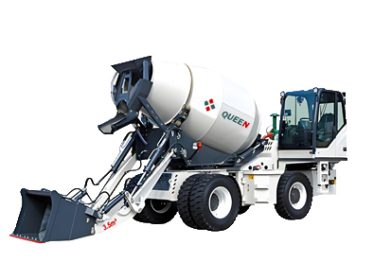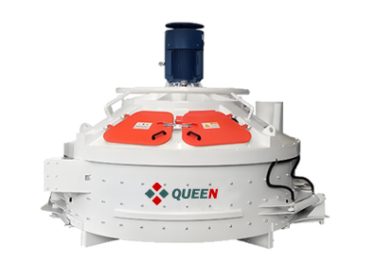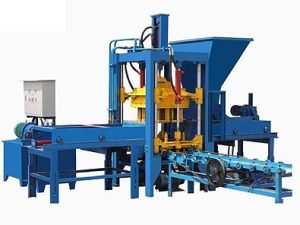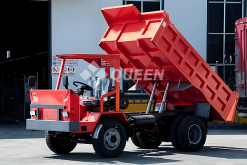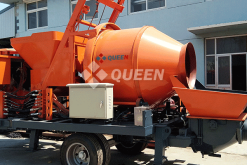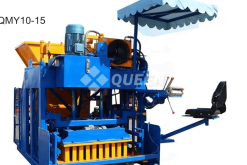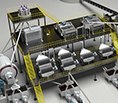Pre-Processing of Raw Materials for Brick Making
 queenbrick
queenbrick
 June 5, 2025
June 5, 2025
If you want to know more details about equipment, solutions, etc, please click the button below for free consultation, or leave your requirements!
Before raw materials can be used for brick production, they must undergo systematic pre-processing. This ensures the materials have a balanced mineral composition, uniform texture, suitable plasticity index, and appropriate drying sensitivity. Proper pre-processing not only improves moldability and extrusion but also helps in producing stronger, crack-free bricks.
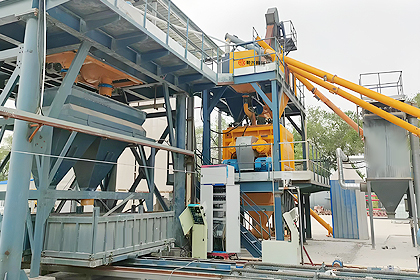
01Impurity Removal
BackTree roots, turf, large pebbles, sandstone, limestone, and other impurities in the raw materials can be removed manually, but mechanical methods are primarily used. Stone-removing rollers and various screening-type stone separators are effective for this purpose. The rasp-type stone separator can efficiently remove pebbles by stripping off the clay coating them. The extrusion purifier can stir and extrude the clay while effectively removing tree roots, grass, and gravel. With the use of a front-mounted impurity removal device, impurities can be discharged without stopping the machine, making the process highly convenient.
02Natural Weathering
BackRaw materials extracted from the quarry are left in the open air for a period of time, exposed to sunlight, wind, rain, and freezing temperatures. This natural process helps loosen the material, disperse the particles, and allow moisture to penetrate evenly. It is a simple and effective method to homogenize the material, enhance its plasticity, and improve drying performance. For shale, the weathering process can break down large chunks into smaller pieces, thereby reducing the burden on the crushing stage.
03Soaking and Aging (a form of material aging)
BackAfter being crushed, mixed, and properly moistened, the clay material is piled and stored in a material pit for more than 72 hours. This allows moisture to fully penetrate, loosens and homogenizes the material, and not only enhances plasticity for better molding but also reduces stress during drying and firing, thereby minimizing cracks. Our experience shows that clay left over after mixing the previous day becomes much easier to extrude the next day—this is the reason why.
04Mechanical Treatment
BackThe purpose of mechanical treatment is to improve certain technical properties of the clay material. The methods include crushing, mixing, stirring, and kneading.
 +86 19137934740
+86 19137934740 queenmachinery@gmail.com
queenmachinery@gmail.com



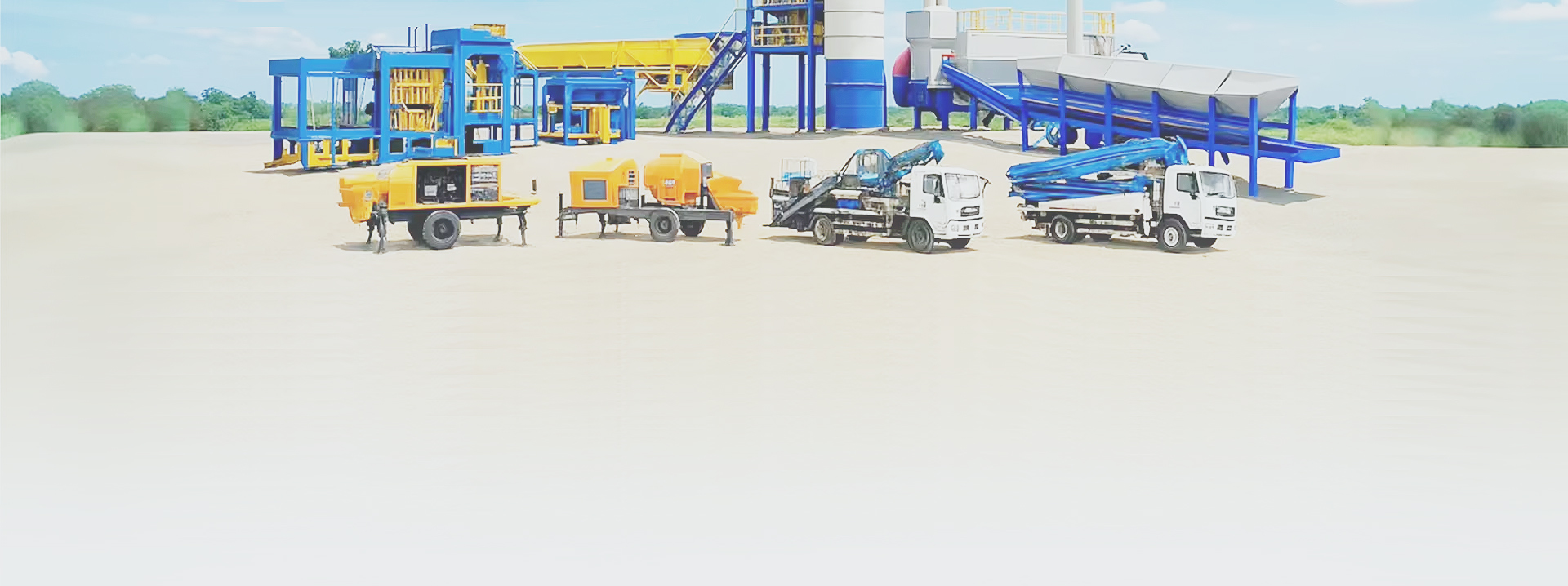
 Message
Message Chat Now
Chat Now


